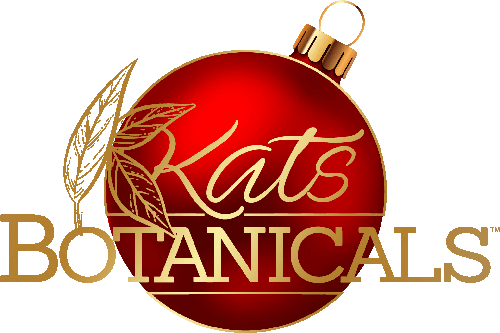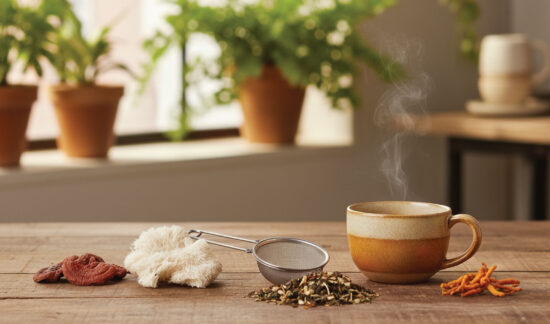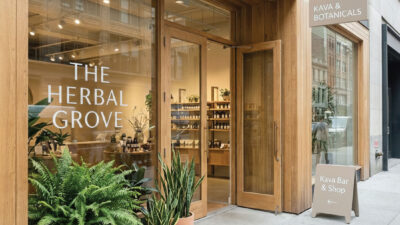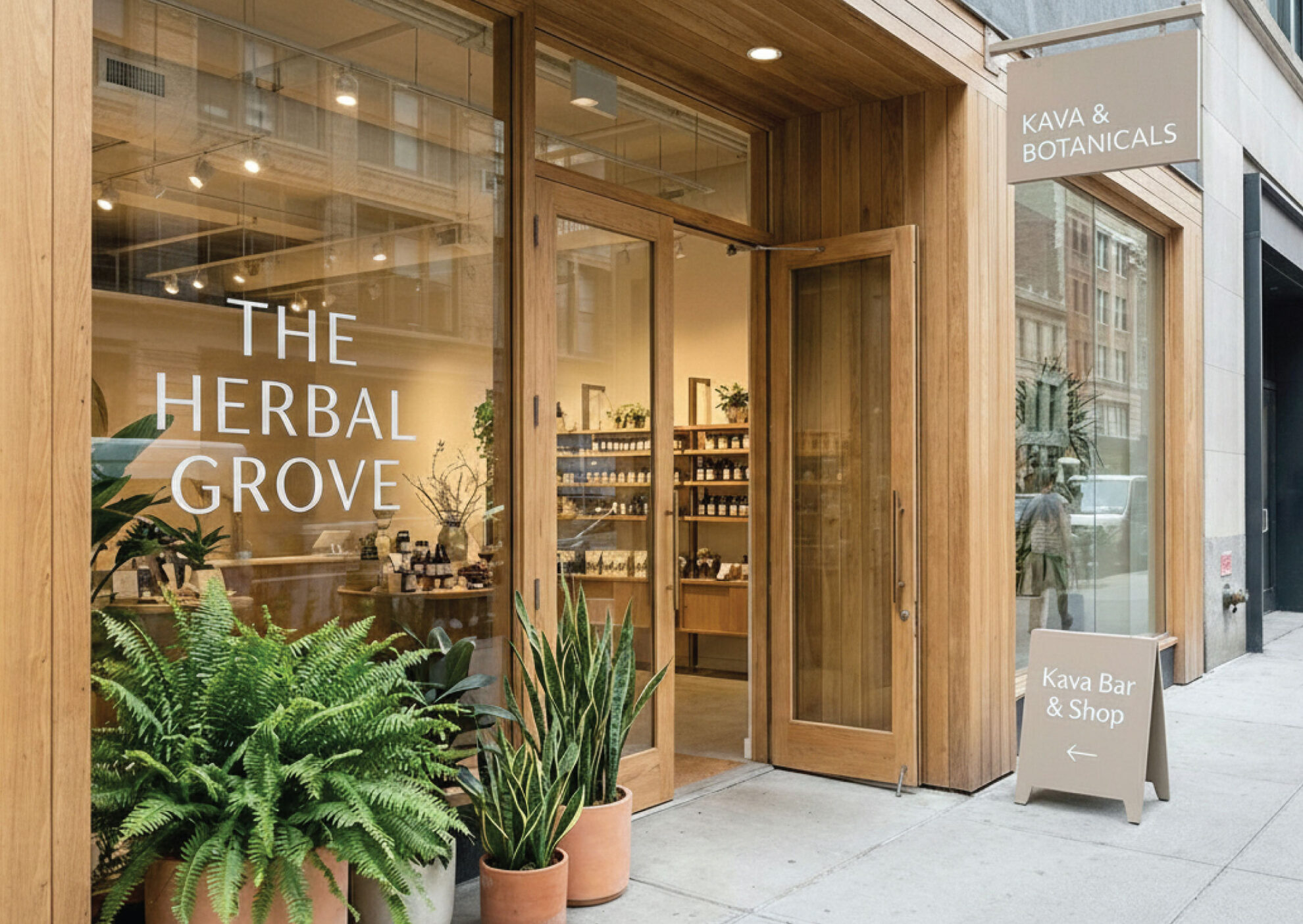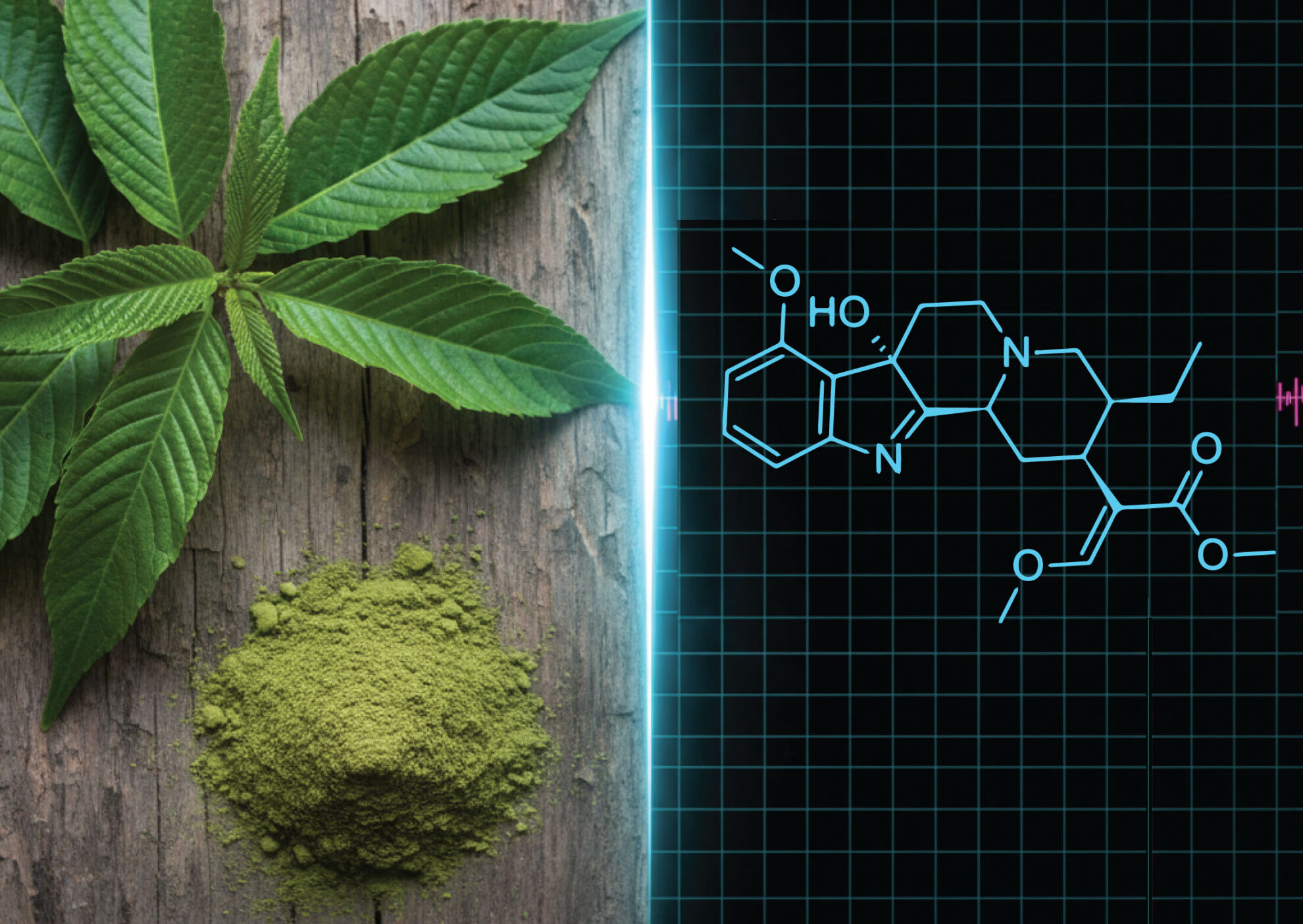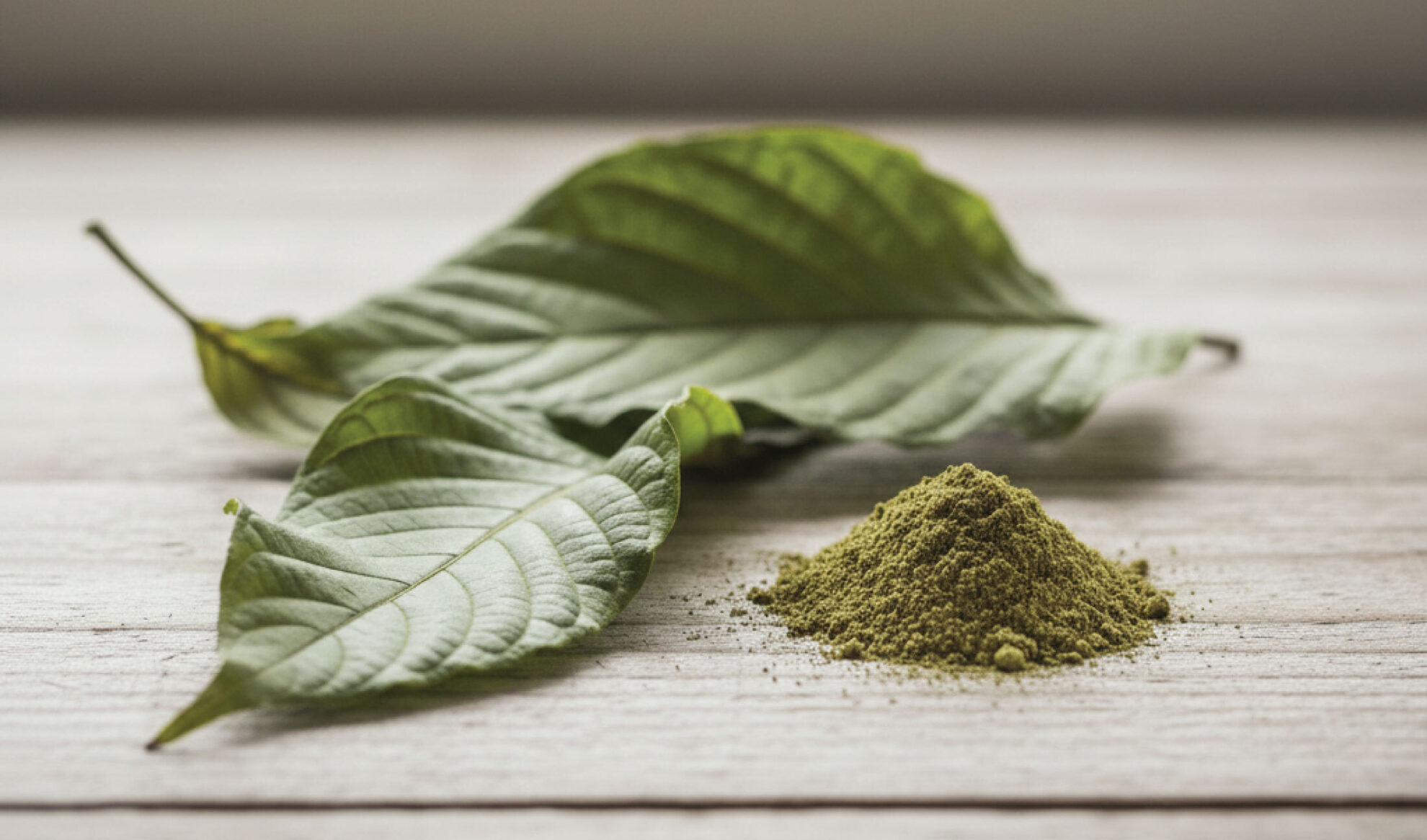Functional mushroom teas are quietly reshaping how people approach daily wellness. More people are choosing functional mushroom tea blends over sugary and caffeinated options.
If you’ve never heard of them, it’s time to expand your botanical knowledge. Functional mushrooms have so much to offer when you choose the right blends.
What are functional tea blends? Tea blends combine time-tested functional mushrooms for wellness. Reishi, chaga, lion’s mane and others contain active compounds and adaptogens. Blends provide an earthy flavored tea that may support focus, balance, and immune health.
What are the top functional mushroom tea blends? Today we’re exploring the best functional mushroom tea blends and what makes them special. You’ll learn:
- What functional mushroom teas are
- How to use tinctures in your brews
- Top mushroom tea blends, including DIY recipes
- How to compare tinctures, powders, and dried mushrooms
- Safety and sourcing practices for choosing the best mushrooms for your teas
Understanding Functional Mushroom Teas
To begin, you cannot simply go outside, pick random mushrooms, and make tea. Many mushroom species are not edible or contain poisonous compounds. But when expertly harvested, some mushroom species are not only edible, they can be used medicinally.
Medicinal mushroom species, or functional mushrooms, are used beyond simple culinary purposes The term “functional mushroom” refers to non-psychedelic species with nutritional and adaptogenic compounds. Many medicinal mushrooms have centuries of use, especially in Chinese medicine.
Functional mushroom tea is a wellness infusion made by steeping or mixing mushrooms with hot water. These brews are sometimes combined with other traditional botanicals. Such as Ayurvedic ingredients (ginger, turmeric, etc.) or herbs from Central and South America (cacao).
Functional mushroom teas can be made with dried mushrooms, powdered extracts, or tinctures. Each format offers different preparation, potency, and experience.
To learn more about functional mushrooms, see our Guide to Functional Mushrooms.
Key Bioactives: Polysaccharides (β-glucans), Triterpenes, Terpenoids
The bioactive components that make these teas “functional” include:
- Β-glucans – Immune-supportive polysaccharides that may help promote normal immune function and overall wellness.
- Triterpenes – Found in species like reishi and chaga. Studied for their potential antioxidant and adaptogenic properties.
- Terpenoids: Broader class of aromatic compounds that may have anti-inflammatory or neuroprotective potential.
- Sterols: Plant-like lipids (e.g., ergosterol) that support cellular integrity and may act as vitamin D precursors when exposed to UV light.
- Phenolic compounds and flavonoids: May act as antioxidants (protect cells from oxidative stress).
- Cordycepin (in Cordyceps militaris): Nucleoside analog. Researched for supporting energy metabolism and endurance support..
- Erinacines and hericenones (in Lion’s Mane): Studied for possible support of nerve growth factor (NGF) synthesis. May support cognitive function..
Unlike culinary mushrooms, functional species are valued for these chemical compounds. The best use cases combine the contributions of each species plus the flavor profile you prefer. Here’s a good foundation on the functional mushroom species.
For more information on functional mushroom bioactive compounds, see PubMed Medicinal Mushrooms.
Common Functional Mushroom Species for Teas, Function & Flavor
| Mushroom | Scientific Name | Primary Benefits / Function | Flavor Profile |
| Reishi | Ganoderma lucidum | Traditionally used for relaxation, immune support, stress reduction | Bitter, woody, earthy |
| Lion’s Mane | Hericium erinaceus | May support cognition, focus, and nerve health | Mild, slightly sweet, seafood-like |
| Chaga | Inonotus obliquus | Antioxidant-rich, may support immunity and overall vitality | Earthy, slightly bitter, woody |
| Cordyceps | Cordyceps militaris | May boost energy, endurance, and vitality | Mildly sweet, earthy, slightly nutty |
| Maitake | Grifola frondosa | May support immune function and metabolic health | Savory, earthy, rich |
| Turkey Tail | Trametes versicolor | Traditionally used for immune support and gut health | Mild, earthy, slightly woody |
Traditionally, functional mushroom teas were made from fresh or dried mushrooms. Preparation required careful simmering and long steeping, rooted in Chinese medicine. For modern users, this can be inconvenient, as not all species are easy to find and proper storage can be challenging.
Dual-extraction tinctures offer a practical solution. These concentrated, lab-tested extracts capture both water- and alcohol-soluble compounds. They are easier to dose consistently and fit into daily routines without the hassle of traditional brewing.
 How to Use Mushroom Tinctures in Tea
How to Use Mushroom Tinctures in Tea
Mushroom tinctures are concentrated liquid extracts made through dual extraction. Water extracts the polysaccharides, while alcohol extracts the triterpenes and sterols.” When adding tinctures to tea, follow these tips for even potency, safety, and enjoyable use.
Tips for Safe Mushroom Extract Use
- Convenience & consistency: Tinctures are easy to use, last a long time, and provide reliable dosing.
- Temperature matters: Let tea cool below 160°F before adding tinctures to protect the active compounds.
- Recommended dosage: Use 1–2 dropperfuls per cup, adjusting based on extraction ratio and product strength. Always follow manufacturer guidelines.
- Even distribution: Stir gently to disperse the extract evenly.
- Consult healthcare providers: Especially if you take medications, are pregnant, or breastfeeding.
Some tinctures, especially those made from reishi or chaga, taste earthy or bitter. To complement them, blend with warming herbs like cinnamon, ginger, or peppermint, or use citrus slices and honey to round out the taste.
Lastly, mushroom teas are also meant to be holistically pleasant, enjoyable even. Take the time to be mindful, savor the experience, and appreciate the centuries of functional mushroom use. When used correctly, mushroom tinctures offer convenience, consistent potency, and long shelf life. Tinctures are ideal for home-brewed functional teas that fit into any wellness routine.
Learn more about mushroom tinctures in our Guide to Functional Mushroom Tinctures & Their Uses.
Disclaimers & Safety:
Use tinctures and powders from reputable, lab-tested sources to minimize contamination risks. Look for extraction ratios, certificates of analysis, and transparent sourcing. Follow updates from theAmerican Herbal Products Association (AHPA) on mushroom tincture safety.
*Many botanicals like functional mushrooms are not FDA regulated for medicinal use.
Top Functional Mushroom Tea Blends (Commercial & DIY)
The best functional mushroom tea blends can be found right here at Kats Botanicals. Our blends are thoroughly lab-tested to ensure their purity and consistency. COAs are available. Your purchases are backed by our 30-day 100% Customer Satisfaction Guarantee. Try any of our functional mushroom tinctures alone or in combination for your optimal wellness routine.
(All our mushroom extracts are made from the fruiting bodies, which is ideal for potency and bioavailability of the compounds.)
Energy: Cordyceps & Rhodiola Clean, plant-based formula designed for daily energy support. Made with Cordyceps militaris fruiting bodies and Rhodiola rosea root. 1mL servings.
Focus: Lion’s Mane & Ginkgo Biloba Simple, daily focus, clarity, concentration support formula. Made with Lion’s Mane fruiting bodies with Ginkgo Biloba leaf extract. 1mL servings.
Calming: Reishi & Ashwagandha May support a relaxed, balanced state of mind for everyday stress. Made with Reishi fruiting bodies and Ashwagandha root. 1 mL servings.
Immunity: Turkey Tail & ElderberryMay support immune health. Made with Turkey Tail fruiting bodies and Elderberry extract. 1 mL servings.
DIY Functional Mushroom Teas
Use any of our tinctures or powders to create your own custom teas. Combine species according to desired effects. Add herbs or spices for flavor. Follow safe preparation tips to preserve active compounds.
Ingredients:
- 1 cup hot water (not boiling, around 150–160°F)
- 1–2 dropperfuls of your chosen mushroom tincture
- Optional: flavoring herbs or sweeteners (cinnamon, ginger, honey, lemon)
Instructions:
- Heat water until steaming but not boiling.
- Pour tincture(s) into your cup.
- Add hot water and stir gently to mix the extract evenly.
- Taste and adjust with optional herbs, spices, or sweeteners.
- Sip mindfully and enjoy.
Comparison: Tincture vs Dried Mushroom vs Powder in Tea
Though many people find tinctures convenient to use, there are other formats for making mushroom teas. Understanding their differences helps you tailor your wellness routine and tea rituals.
Tinctures are ideal when consistency and potency matter. Dried mushrooms appeal to traditionalists who enjoy slow brewing. Powders bridge the gap, perfect for smoothies, coffee, or instant tea.
| Format | Pros | Cons | Best For |
| Tincture | Highly concentrated; convenient; stable shelf life | Alcohol base may alter flavor | Quick, potent daily use |
| Dried Mushroom | Traditional; reusable; deep flavor | Requires long boiling (decoction) | Ritual brewing; immune tonics |
| Powdered Extract | Easy to blend; affordable; mixes into smoothies or lattes | May clump or settle | Everyday wellness drinks |
Regardless of form, sourcing remains crucial. Always choose dual-extracted, lab-tested options. These will specify extraction ratios (like 10:1 or 20:1) to ensure authenticity and effectiveness.
Brewing & Steeping Methods for Mushroom Tea
Brewing functional mushroom tea is both an art and a science. Whatever method you choose, patience and temperature control are key. Overheating can degrade some beneficial compounds, while too-short steeping may limit potency. The goal is a cup that feels both grounding and enjoyable, reflecting the natural complexity of the fungi within.
Decoction Method:
Harder mushrooms, such as reishi and chaga, require a decoction. Simmer 1–2 tablespoons of dried material in water for 30–60 minutes. This is required to release the full polysaccharide content.
Infusion Method:
Softer mushrooms or powders can be prepared as infusions, steeped in hot (not boiling) water for 10–15 minutes.
Dual-Brew Method:
For a dual-brew approach, simmer the mushrooms first, then add herbs like lemongrass or mint in the final minutes for aroma and balance.
Cold Brew Method:
Cold brew or iced mushroom teas are also popular. Steep powdered extracts overnight in filtered water, then strain and serve chilled with lemon. For some species, like reishi and chaga, the chunks may be brewed several times. The flavors deepen while maintaining their earthy sweetness.
Or, prepare mushroom tea with tinctures, then refrigerate before drinking.
 Safety, Quality & Sourcing Considerations
Safety, Quality & Sourcing Considerations
Mushrooms are botanical wonders. They decompose materials in the environment and produce enriched soils. But because of this ecological function, they can bioaccumulate elements from their environment. This includes any toxins, heavy metals, or microbes they may have been exposed to. This is why we stress lab testing to ensure their cleanliness before use.
Sourcing is also important. Because mushrooms embody their environments, sourcing affects quality. To be sure you are getting the best mushroom tinctures or dried material, choose sources that:
- Are third-party lab tested and have Certificates of Analysis (COAs)
- Demonstrate lab-verified potencies (precise extraction ratios)
- Are dual-extracted. This is the only way to capture both water- and fat-soluble beneficial compounds.
Functional mushrooms are generally regarded as safe, but certain species may interact with medications or affect blood sugar. (Talk with your doctor if this is of concern.) Store your teas and tinctures in a cool, dark place away from sunlight and moisture to maintain potency.
For more information on functional mushroom teas, see our frequently asked questions, below.
FAQs
Yes. You can blend multiple tinctures, but keep the total volume within standard dosage ranges. Start small and adjust gradually.
Some mushrooms (like chaga and reishi) may require simmering to release polysaccharides. However, prolonged boiling may reduce potency, especially for alcohol-soluble compounds. Let tea cool before adding your mushroom tinctures for the best results.
Some species have an earthy or bitter taste. Cacao, vanilla, or citrus can enhance their flavor beautifully.
Daily use is common, but alternating blends can prevent palate fatigue and provide diverse nutrients.
Enjoying the Functional Mushroom Tea Experience
Functional mushroom tea blends represent a natural evolution in how people nourish mind and body. From DIY mushroom teas to pre-made mushroom tea tinctures, each sip is a celebration of ancient wellness practice.
What are the top functional mushroom tea blends? Those sourced safely, tested for purity, and used wisely by you. When you shop with Kats Botanicals functional mushroom tinctures, know we’ve prepared only the best for you! Brew slowly, sip mindfully, and let every cup remind you of nature’s quiet wisdom.
